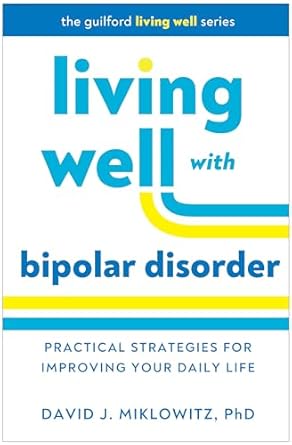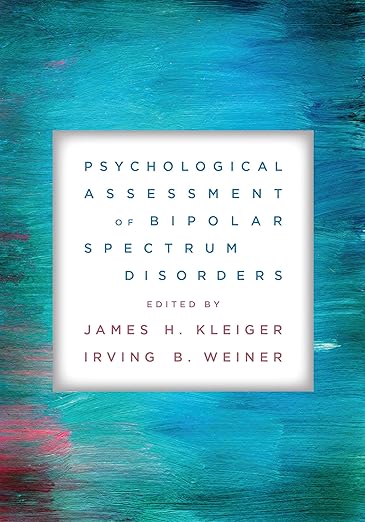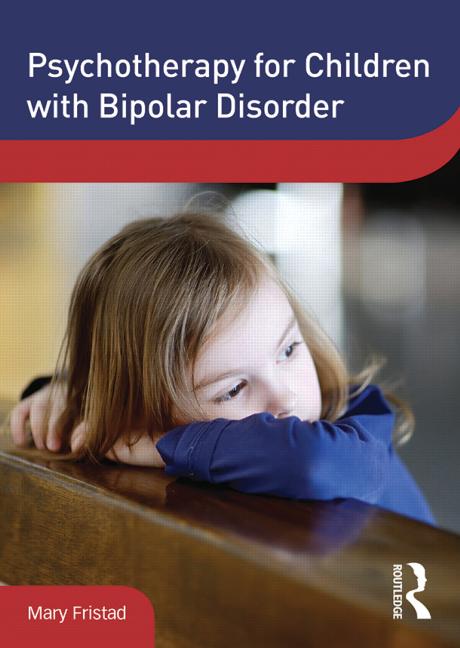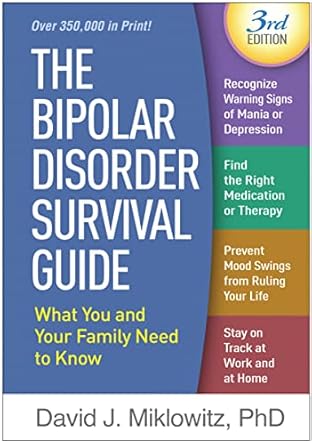Bipolar Disorder
Contact the Suicide and Crisis Lifeline at 988 if you need to talk to someone. Dial 911 if you have an emergency.
Bipolar disorder (formerly called manic-depressive illness or manic depression) is a mental illness that causes unusual shifts in a person’s mood, energy, activity levels, and concentration. These shifts can make it difficult to carry out day-to-day tasks.
From Our Collection
The 3 Types of Bipolar Disorder
All three types of bipolar disorder involve clear changes in mood, energy, and activity levels. These moods range from periods of extremely “up,” elated, irritable, or energized behavior (known as manic episodes) to very “down,” sad, indifferent, or hopeless periods (known as depressive episodes). Less severe manic periods are known as hypomanic episodes.
Bipolar I Disorder:
Defined by manic episodes that last for at least 7 days (nearly every day for most of the day) or by manic symptoms that are so severe that the person needs immediate medical care. Usually, depressive episodes occur as well, typically lasting at least 2 weeks. Episodes of depression with mixed features (having depressive symptoms and manic symptoms at the same time) are also possible. Experiencing four or more episodes of mania or depression within 1 year is called “rapid cycling.”
Bipolar II Disorder:
Defined by a pattern of depressive episodes and hypomanic episodes. The hypomanic episodes are less severe than the manic episodes in bipolar I disorder.
Cyclothymic Disorder (or Cyclothymia):
Defined by recurring hypomanic and depressive symptoms that are not intense enough or do not last long enough to qualify as hypomanic or depressive episodes.
Sometimes a person might experience symptoms of bipolar disorder that do not match the three categories listed above. This is referred to as “other specified and unspecified bipolar and related disorders.”
Source: NIMH. 2024, February. Bipolar Disorder. Retrieved from https://www.nimh.nih.gov/health/topics/bipolar-disorder on 2024, July 12.
Research & Data
- National Institute of Mental Health: Statistics
Provides prevalence statistics for various mental disorders.
- PubMed
PubMed comprises more than 20 million citations for biomedical literature from MEDLINE, life science journals, and online books. Citations may include links to full-text content from PubMed Central and publisher websites.
Screening Tools
Self-Help Groups
Videos
Podcasts
Trainings
Bipolar Disorder In Adults (NIMH) Pediatric Bipolar Disorder: Challenges and Updates (Mass General Hospital) Virtual Grand Rounds: Bipolar Disorder Comorbid Conditions (Silver Hill Hospital)
Curricula & Lesson Plans
- Bipolar Self-Help Resources
Centre for Clinical Interventions is brought to you by the Department of Health, Western Australia




